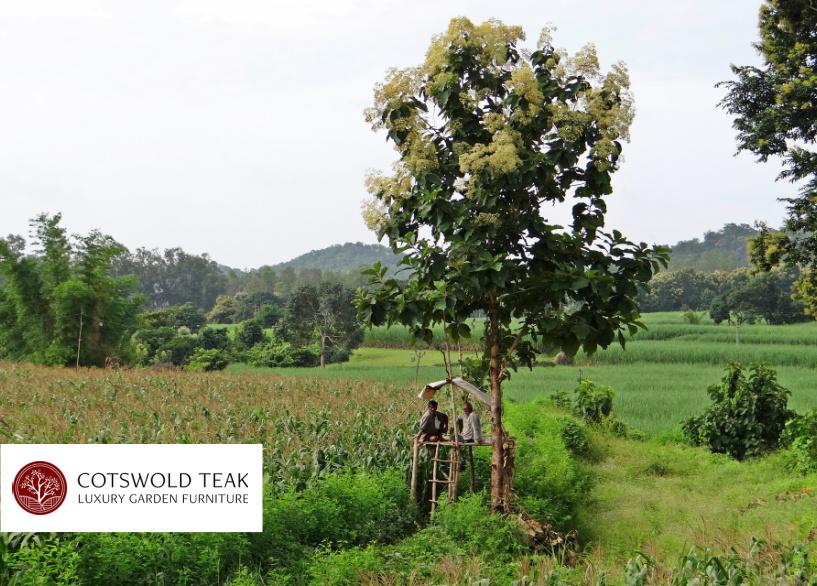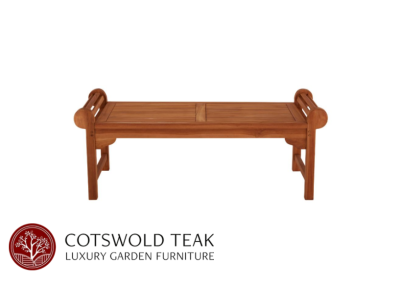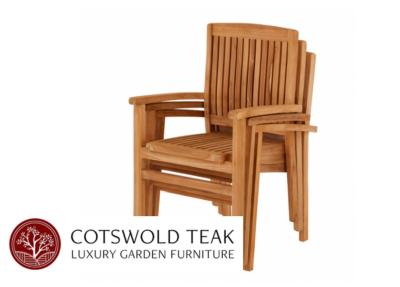Understanding the Properties of Teak Wood
For centuries teak wood has been a much sought-after material. Prized for its hardness, water-resistance and appearance, teak wood remains one of the finest quality woods in use today. In this guide, we take an in-depth look at the properties of teak wood and what you need to know about it when buying teak garden furniture.
What is teak?
Teak is a deciduous, hardwood tree species, called formally the tectona grandis.
The tectona grandis is native to South and Southeast Asia, and is found in Bangladesh, India, Myanmar, Indonesia, Malaysia, Thailand and Sri Lanka.
Teak trees are capable of growing to about 40m (131ft) tall over a period of 25 years, at which point they are ready to be harvested and turned into timber.
Different names for teak
There are a wide variety of different names for teak. Knowing these can help you identify genuine teak.
Throughout its various countries of origin, teak is known varyingly as: Burma teak, Rangoon teak, moulmein teak, gia thi, jati sak, kyun, mai sak, and rosawa.
Beware of imitators
Before we delve further into the distinctive properties of teak, we wanted to provide you with a word of warning.
Beware of teak imitators!
As teak is a premium, high-value wood, there are ongoing attempts to pass-off other, inferior, types of wood as teak.
You may spot Shorea and Iroko woods being called African Teak. The fact is, these woods are not teak and do not possess the qualities that make real teak so sought-after.
Shorea and Iroko woods superficially look similar to proper teak; they have a rich golden-brown colour when new. However, they are not as long-lasting as teak. We’d recommend avoiding these teak ‘substitutes’ at all costs.
Real teak is native to South and Southeast Asia. If someone is selling teak sourced from outside of this region, it won’t be real teak.
The unique properties of teak wood
Teak is a truly-unique wood, with properties that make it ideal for garden furniture (and many other purposes besides).
To help you better understand teak and how it functions as garden furniture, we’ve detailed it’s unique properties below.
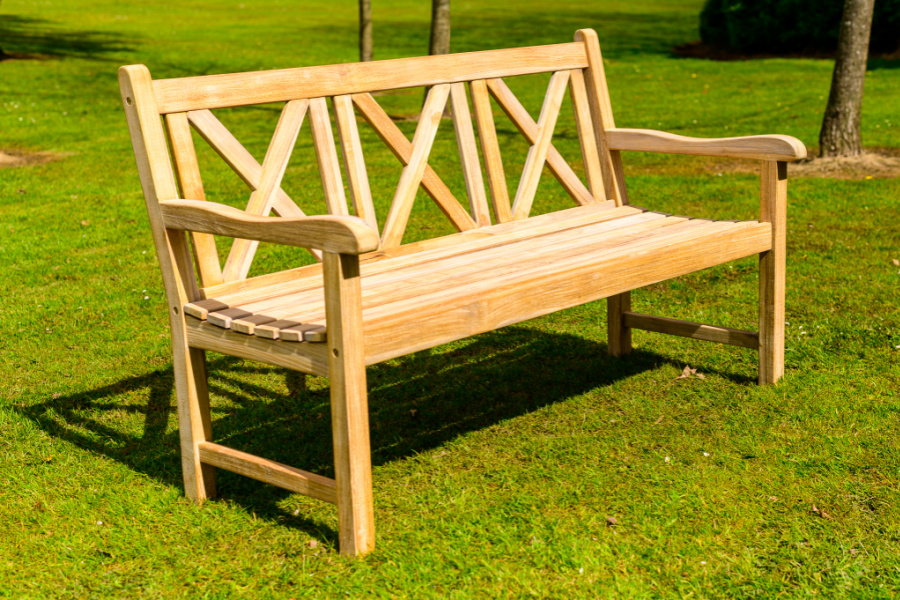
Shop Now - Three Seater Solid Teak Madras Bench.
The hardness of teak
Teak is a hardwood. This means that it is very strong and is the ideal for long-lasting, quality garden furniture.
Teak's strength is derived from its close grain. This means that teak is able to withstand significant temperature variations without succumbing to the sort of warping or damage that other types of wood will experience.
But, just how hard is teak?
The timber industry measures the hardness of wood using the Janka Wood Hardness Scale. The Janka Scale measures the resistance of wood to denting and wear. The test takes a 11.28mm diameter steel ball and measures the amount of force required to embed it halfway into a sample of wood.
The results of the Janka Scale test are provided in pounds-force (lbf) - so the higher the number of pounds-force, the harder the wood.
Teak has a Janka Wood Hardness Scale test result of 1,155lbf which makes it far harder than other woods typically used in garden furniture. To put this into context, here are the hardness ratings of some other commonly used woods:
> English Oak - 1,120lbf.
> Eastern Red Cedar - 900lbf.
> Radiata Pine - 710lbf.
> Douglas Fir - 580lbf.
Like any other wood, teak will change in shape and texture over time. As the wood matures and dries, expect to see slight fractures and small splits on the surface of the wood.
Do not be alarmed if you spot small cracks in the end-grain of the timbers. These are perfectly natural and tend to increase and decrease in-line with atmospheric humidity.
You may also occasionally spot white patterns on the teak. This is perfectly natural and is merely the build-up of calcium deposits.
These things are nothing to worry about and don't affect the structural integrity of the wood - but it’s something to be aware of when you’re looking at a natural material.
Overall, teak is very dimensionally stable. It’s shrinkage coefficient is 5.3%. This compares very favourably to woods such as Oak (8.6%) and Cumaru/Brazilian ‘Teak’ (7.7%).
The weight of teak
In addition to being an incredibly hard wood, teak is also heavy - which makes it ideal if you want a solid, quality garden furniture set for your home.
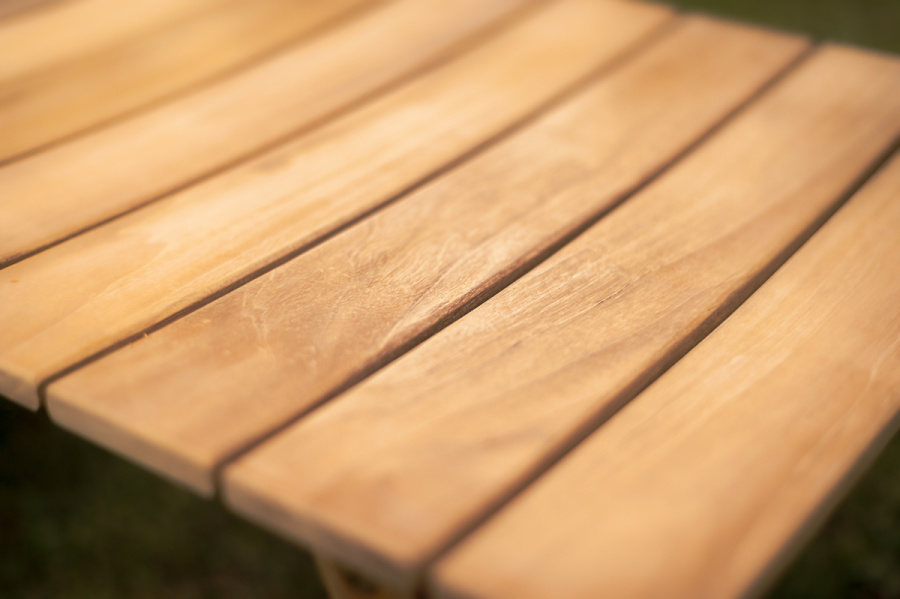
The average dried weight of teak is 41lbs/ft³ (655kg/m³).
To put this into context, consider the average dried weights of other woods that are commonly used in garden furniture:
> Eastern White Pine - 25lbs/ft³ (400kg/m³).
> English Elm - 35lbs/ft³ (565kg/m³).
> English Oak - 42lbs/ft³ (675kg/m³).
> Honduran Mahogany - 37lbs/ft³ (590kg/m³).
Only oak beats teak in terms of average dried weight (but it lacks some of the other properties that make teak so good for outdoor furniture).
So, if you want a stout, sturdy garden furniture set, one made out of teak should be at the top of your shopping list.
The colour of teak
Next up in our list of the unique properties of teak is colour.
The colour of teak is one of the main reasons why many people buy teak. It’s rich, lustrous golden-brown colour is quite unlike any other type of wood - and really must be seen to be appreciated.
However, teak is an organic material subject to the law of entropy - as such this golden brown colour will naturally fade over time.
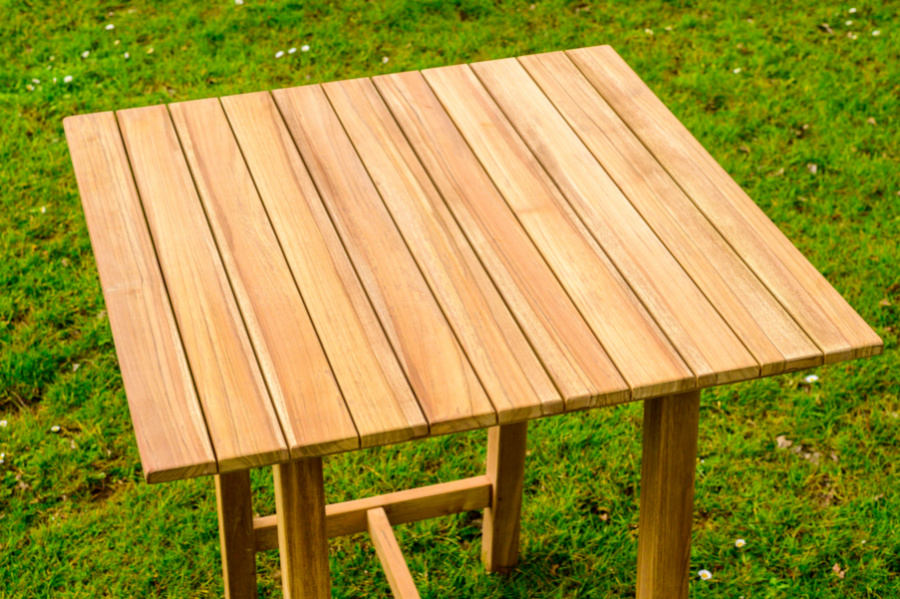
Shop the Contemporary Cotswold Collection now.
Teak's colour comes largely from its innate oils. Like any oils (natural or synthetic), these dry over time, changing the colour of the wood.
If you purchase a set of new teak garden furniture it will be golden-brown when you first receive it. If you then leave it outside, this golden-brown colour will begin to fade. Over a period of 9-12 months the teak will become a silver-grey colour.
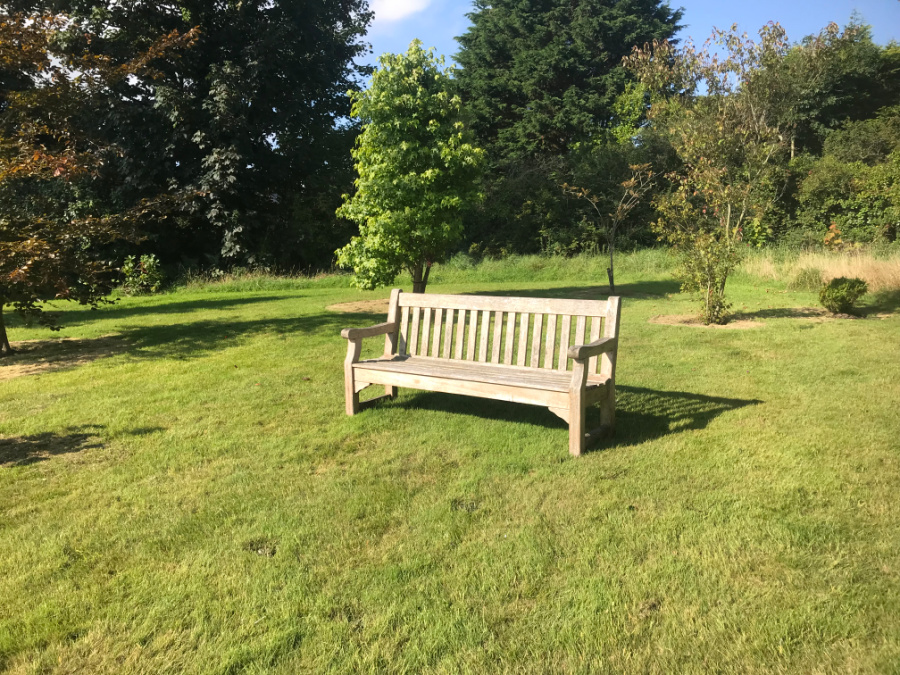
(An example of teak that has aged to a silver colour).
You can restore some of the teak’s original golden-brown colour by treating it with a quality teak-oil. But, like any natural material, the exact colour of teak will change over time - even with a regular application of teak oil.
The fragrance of teak
This is perhaps an unusual characteristic, but it’s one that makes teak stand out from other types of wood.
Thanks to its high-oil content, teak gives off an aroma of freshly milled leather. If you’re not sure if a piece of furniture is made from genuine teak or not, hold the wood and smell it. If you don’t pick up on hints of fresh leather, then you may not be holding real teak.
The water resistance of teak
As you’ll now be aware, teak has a high oil content. It’s this oil content which gives teak another one of its unique features - its fantastic water resistance. In fact, teak contains oils which actively repel water!
If you want to check that a piece of wood/garden furniture is real teak, you can conduct a simple water test. Simply drop a point of water onto the wood. If it is absorbed quickly by the wood, you’re dealing with fake teak. If the point of water takes a really long time to soak in (if at all), then you’re looking at real teak.
Note - not only do teak’s natural oils make it very water resistant, they also make teak pest resistant too.
Caring for teak garden furniture
As we’ve stated throughout this guide, teak garden furniture does benefit from maintenance and care - particularly if you wish to maintain the golden-brown colour of the teak. So, below we’ve set out a few handy maintenance tips for your teak furniture.
Cleaning teak garden furniture
Teak garden furniture is naturally resilient to dirt, grime and minor damage. It’s a premium-quality hardwood after all.
However, it’s almost inevitable that you’ll end up with some spills and stains, so follow these tips to clean your teak garden furniture:
> Only clean your teak garden furniture when it’s dry and sunny.
> Use a bucket filled with hot soapy water.
> Gently wash and scrub the furniture using the hot soapy water.
> Rinse off the hot soapy water with cold, fresh water from another bucket or hose (we advise against using a pressure washer on a high setting).
> Allow the furniture to dry naturally in the sun.
If you are concerned about bacterial build-up on your teak furniture, then we recommend the application of a white vinegar and water solution. This will eliminate any bacteria that may have built up on the surfaces of your furniture.
Maintaining the colour of teak garden furniture
As we mentioned earlier, the rich, deep, golden-brown colour of teak is one of the reasons many people purchase teak garden furniture.
However, this colour will fade over time. As an organic material, teak, like any other wood, is prone to change over time.
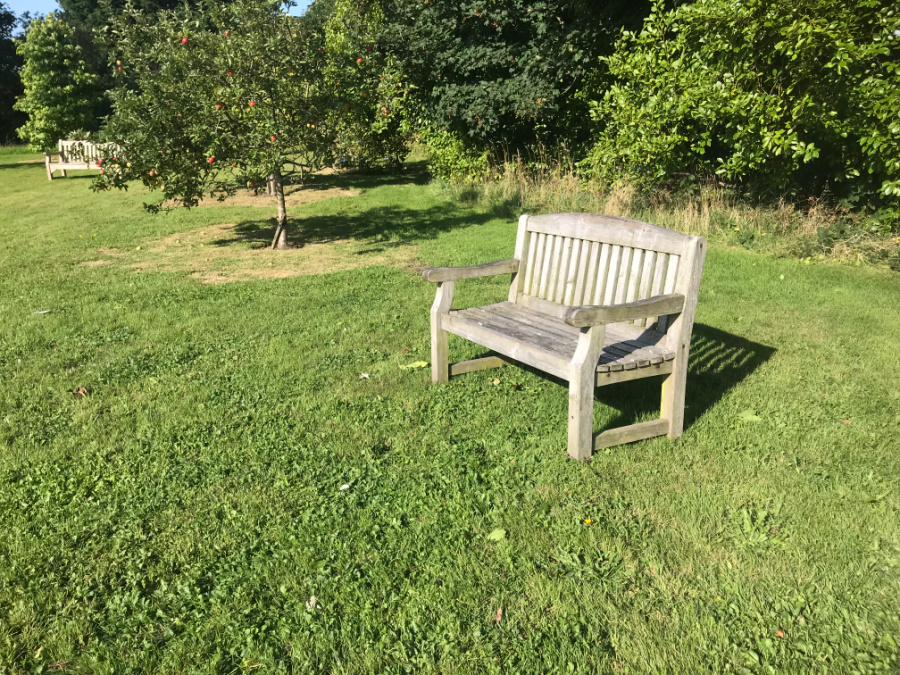
(Over time teak changes to an elegant silver, grey hue).
You can, however, slow down this process by treating your teak garden furniture with teak oil.
Note - if you intend to use teak oil on your garden furniture we strongly recommend that you do so under advice, in dry conditions, when the furniture has been kept dry for an extended period of time. Fail to treat your teak in this way and you can end up damaging the wood.
Maintaining folding teak garden furniture
If you have purchased folding teak furniture (such as chairs or folding tables) then you will also need to ensure that the hinges and other foldable elements of your furniture are maintained.
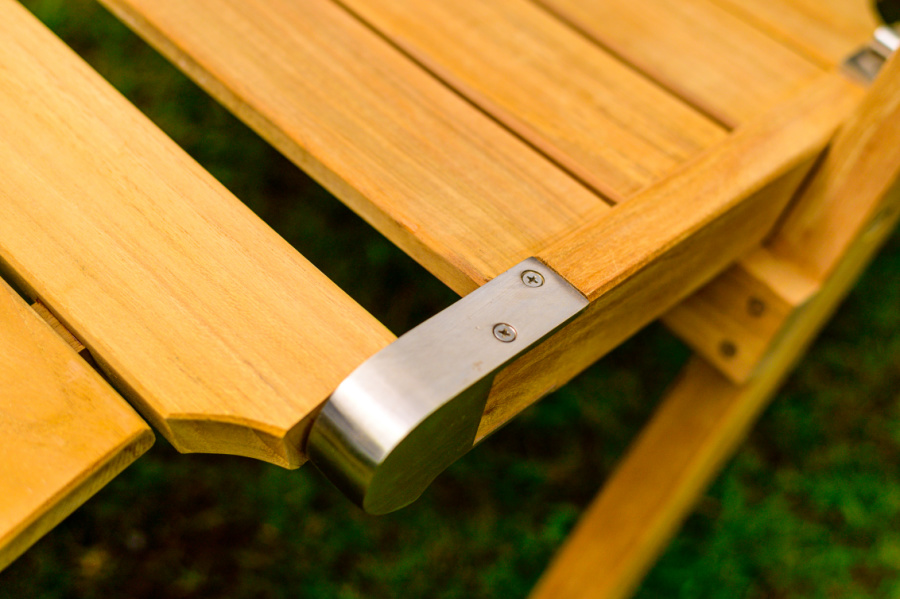
Any moving part should be lubricated on a periodic basis with an appropriate mineral oil. This will ensure that even if you leave your garden furniture outdoors, the foldable elements will not become seized. You should also regularly open and close your garden furniture. This will give the applied oil an opportunity to work itself into the hinges.
Guide - discover more about caring for your teak garden furniture with our information pack.
Types of teak by country of origin
So, as long as you’re buying teak that has been sourced from South and Southeast Asia you can be assured that you’re buying genuine teak.
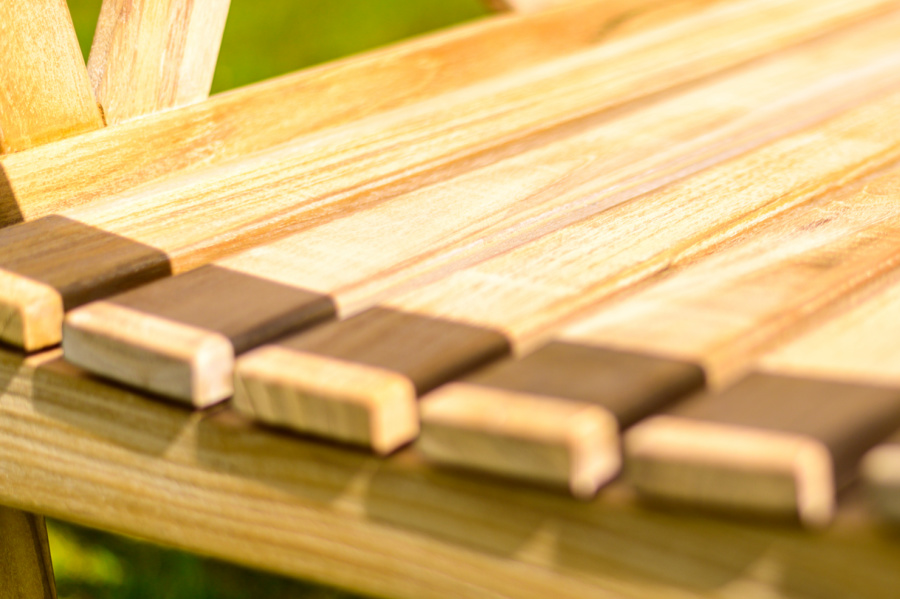
However, it’s worth noting that teak can vary from country to country in this region. Myanmar teak is subtly different from Indonesian teak for example. Below, we look in further detail at some of these national differences.
Note - these different types of teak are all of the same genus - tectona grandis - but you will find subtle variations depending on the country of origin.
Myanmar teak
Myanmar teak (also known by the country’s old name of Burma), is a hard-to-find variety of teak wood.
Burmese teak typically goes through a growth time of 50 years and has a particularly golden shade. A slightly more affordable form of Burmese teak is Burma border teak wood.
Thailand teak
Thailand is regarded as one of the best places to grow teak trees. This is because it offers an ideal growth habitat for teak. Thailand-sourced teak has particularly good strength characteristics.
Indonesian teak
Indonesian teak is typically grown for 30 years and will normally be a light-brown colour with a slight grey hue.
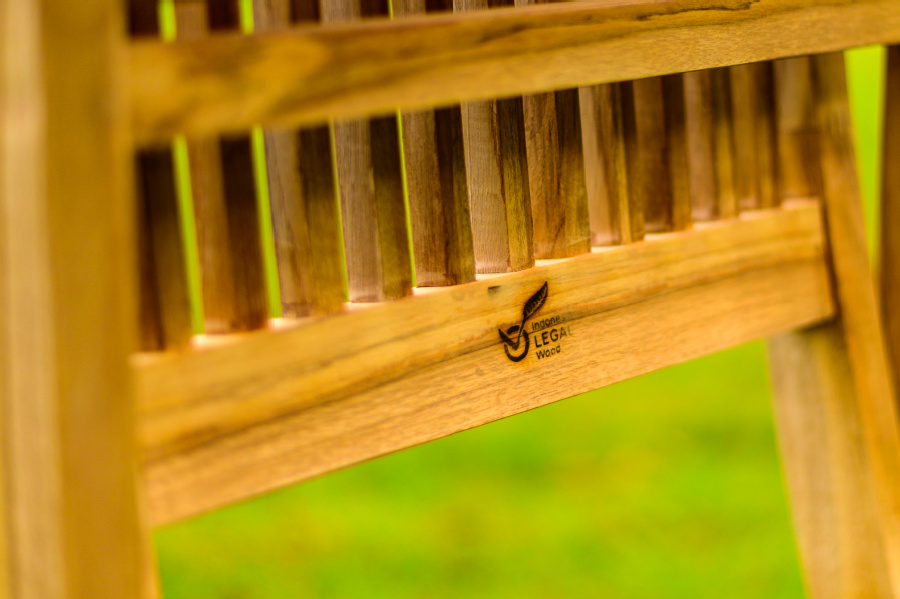
Indonesian teak is especially sought-after because of its perfect blend of hardness, strength, durability and long-lasting beauty.
Types of teak by grade
As well as thinking about the country your teak is sourced from, it’s also important to note that teak is available in a series of ‘grades’.
The grade of teak determines the quality of the wood and its suitability for garden furniture, flooring or other applications.
Grade A teak
As you’d expect, Grade A is the highest-quality teak wood.
Grade A teak is obtained from the very centre of the teak tree and is known as ‘heartwood’. Because it’s taken from the very centre of the tree, Grade A teak has a very uniform golden-brown colour and has a smooth, glossy surface that is oily to the touch.
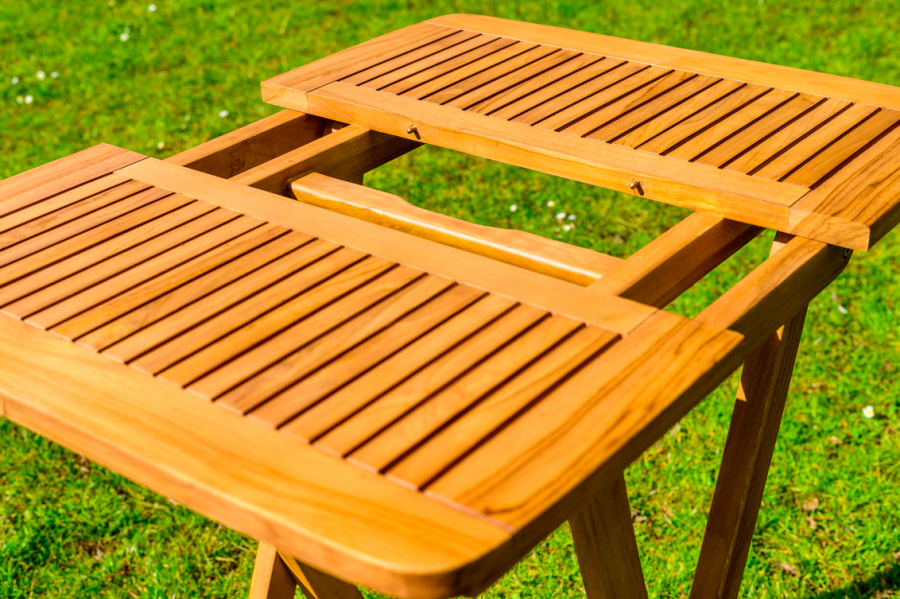
Shop the Contemporary Cotswold Collection today.
The very high-oil content of Grade A teak makes it incredibly weather and pest resistant. You should expect furniture manufactured from Grade A teak to last an exceptionally long time. It’s not unknown for Grade A teak garden furniture to last half a century.
All of this comes at a price though. Grade A teak is the most expensive grade of teak as it is only a small part (at most a quarter) of a felled teak log.
Grade B teak
Next up, there is Grade B teak. Grade B teak is taken from the outer hardwood section of the teak tree.
Compared to Grade A teak, Grade B teak has a lighter colour, a slightly less even grain, and less of a shine. Grade B teak also has a slightly lower oil-content, meaning that it benefits from periodic treatments with teak oil.
Grade C teak
Grade C teak is the lowest grade of teak wood and is generally not used in garden furniture. It’s taken from the outer sections of mature teak logs (known as sapwood). It’s also sometimes taken from immature trees which haven’t had the time to develop the qualities you’d expect from Grade B and A teak.
Grade C teak tends to be quite soft, and as such will not withstand even moderate wear and tear.
Find the finest teak furniture at Cotswold Teak
We hope you’ve found our guide to the properties of teak wood useful. Teak is a beautiful timber and like any natural material has its own unique properties and characteristics. Remember, if you’re going to choose teak, choose Cotswold Teak.
If, having read this guide, you feel like teak is the right choice for your garden furniture, then please explore our wide range today. Plus, if you have any questions that this guide hasn’t answered, contact our friendly team who will be happy to help on 01608 682 191 or email [email protected]
Shop teak garden furniture at Cotswold Teak today
Find more garden furniture buying advice on the Cotswold Teak blog…
Garden Furniture Buying Guide | Introducing the Contemporary Cotswold Collection | Garden Furniture Maintenance Guide

